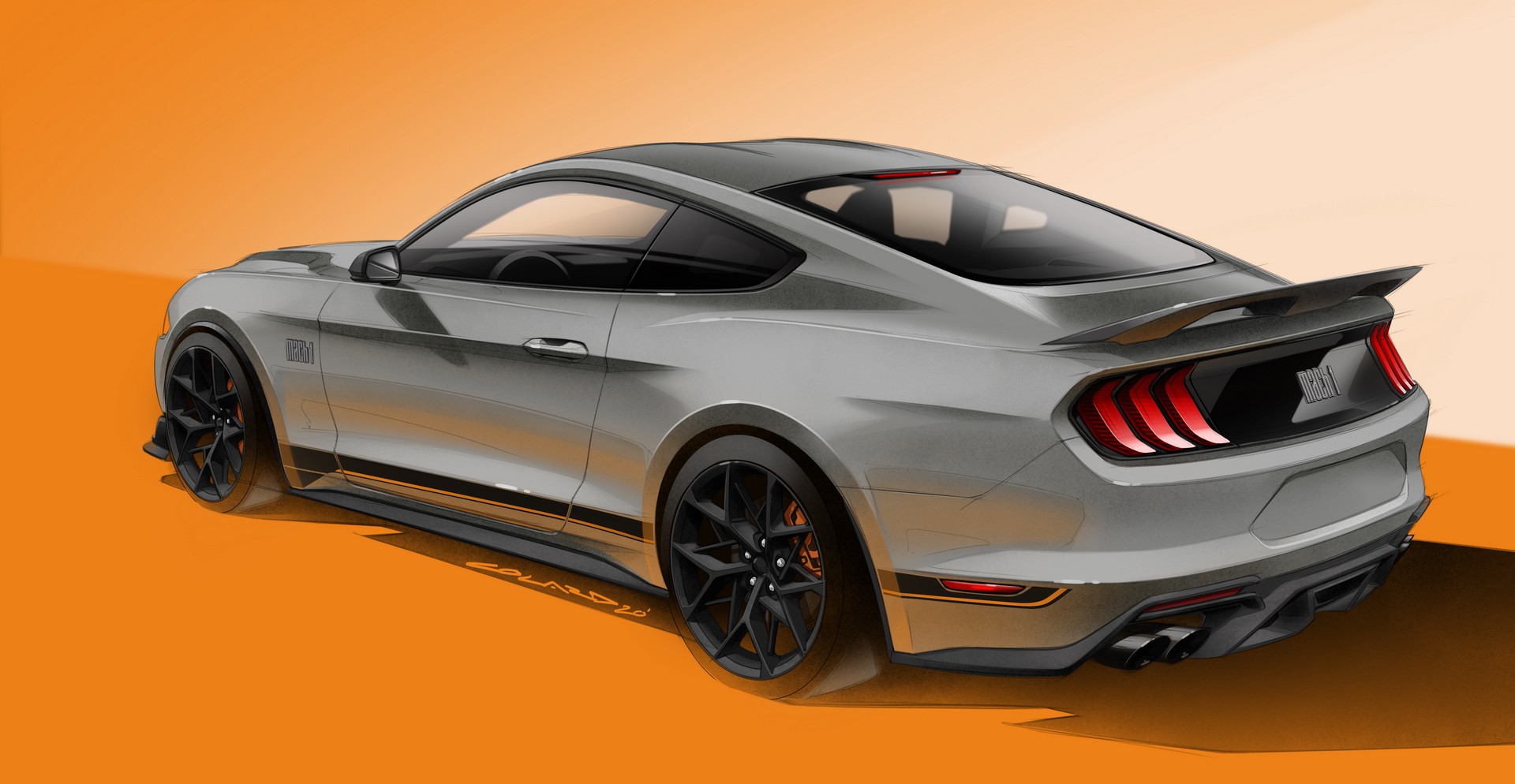
Next-gen Mustang Will go on sale overseas as a 2024 model; will have new-yet-familiar looks.
Ford has begun work on the next-gen Mustang that will go on sale overseas sometime in 2024. The Mustang wears one of the longest-running (and historically best-selling) nameplates of any car currently on sale and is set to undergo the most radical reinvention in its 58-year history for its next iteration. With the next Mustang, Ford will seek to evolve, rather than overhaul. The all-new car is expected to carry forward the Mustang’s characteristic cab-backward silhouette and muscular design cues all mated to shaper yet familiar styling. The model will get major changes under its skin however, some of which are already known.
- Seventh-gen Mustang internally known as S650
- Will get new-yet-familiar styling cues
- Expected to get petrol electric drivetrain among other updates
As previously known, Ford is expected to bring the Mustang into the electrified era with a new petrol-electric drivetrain centred around its trademark V8 petrol engine. To be sold globally alongside the new all-electric Ford Mustang Mach-E SUV, the S650-generation Mustang is expected to retain the current car’s 5.0-litre naturally aspirated Coyote V8, but this time with a pair of electric motors installed for reduced emissions, increased power and zero-emissions running capability.
The new drivetrain layout was alluded to in patent filings in 2017, when launching a hybrid Mustang was a higher priority for Ford than the all-electric Mach-E. Essentially, the Mustang is set to become four-wheel-drive, with the rear axle powered by the V8 and the two electric motors used to drive the front wheels – either independently in EV mode or alongside the petrol motor in dynamic driving situations. According to the patent, each of the motors would drive its own wheel through a respective reduction gearbox, forming part of a four-wheel-drive system that would “increase wheel traction with a ground surface on which the vehicle sits to increase acceleration and decrease wheel slippage”.
The ‘pancake’ motors in this scenario wouldn’t be “rotationally coupled to the engine”, according to the patent filing.
Power would come from an integrated starter-generator (similar to in a conventional mild hybrid drivetrain), which would itself be powered by the V8’s crankshaft, doing away with the need for a weighty and space-consuming traction battery. Mounting the EV motors directly to opposing sides of the engine’s oil pan would save space, according to the patent filing, and allow for each to operate independently, thereby offering torque-vectoring across the front axle. It remains unclear whether this powerplant could return in conjunction with a hybrid system, but Ford’s patent applies to V-shaped engines.
Ford Mustang in India
While Ford has stopped making cars in India, sources have told us that the Mustang Mach E along with a few other models would make it to our shores via the CBU route. The outgoing Mustang in its pre-facelift avatar was sold in India and was a popular model back then. Ford has not introduced the facelifted sixth-gen car in India and it remains to be seen whether the Mustang comes to India at all, in future.
Also see:
Ford Mondeo makes a comeback overseas
Ford India to retain over 90 percent of service network
